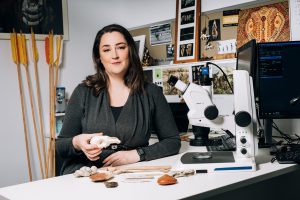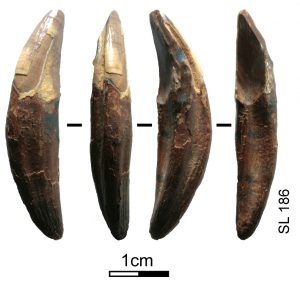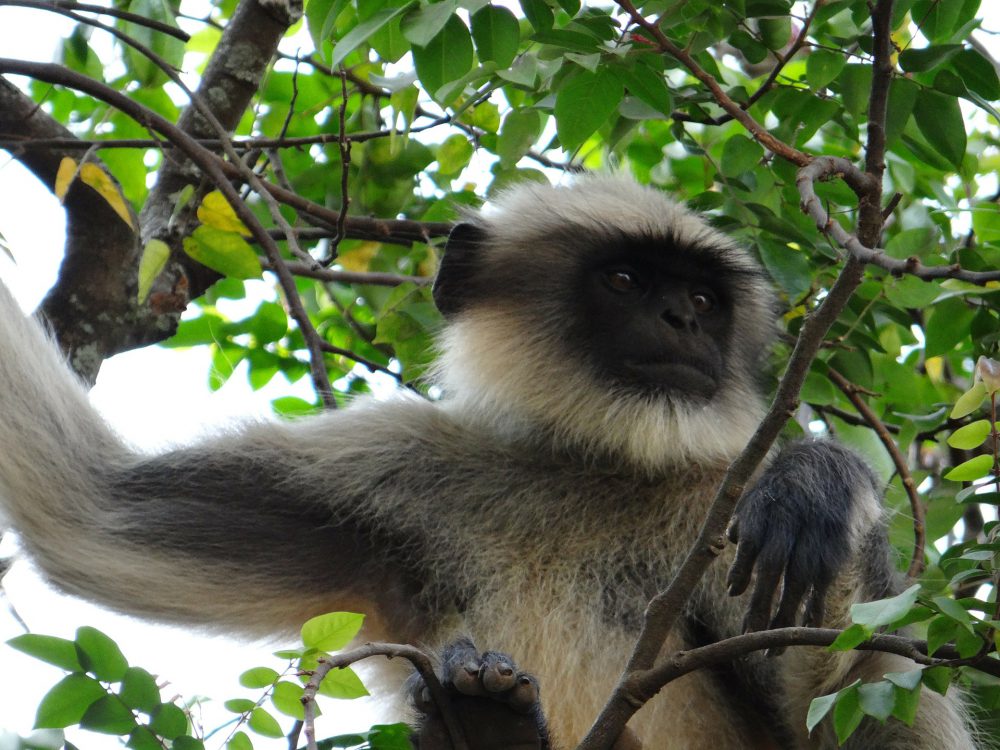New evidence has revealedspecialisedhunting of monkeys by humans 45,000 years ago was the key to successfullycolonisingthe rainforests of Sri Lanka.
The findings, published inNature Communications, reveals the discovery of cut-marked and burnt remains of small mammals, including primates, as well as sophisticated bone and stone tools at the oldest archaeological site occupied by humans in Sri Lanka. It is also the oldest Modern Human (Homo sapiens) rainforest site outside of Africa.

Griffith University’s Dr Michelle Langley, from the Australian Research Centre for Human Evolution (ARCHE), was part of the international multi-disciplinary team behind the project, which was led by the Max-Planck Institute for the Science of Human History in Germany.
Dr Langley led the analysis of the bone and tooth tools found at theFa-HienLena Cave site.
The study highlights the discovery as the oldest and longest record of sophisticated active primate hunting by foragers — and offers insights into how people were able to inhabit this extreme environment.
Dr Langley said this finding defines the capability ofHomo sapiensrelative to other early humans, orhominins.
“Being able to adapt your behavior to tackle the extreme challenges of rainforest environments demonstrates just how flexible our species is,” she said.
“Capturing swift and elusive animals like tree-dwelling monkeys and squirrels aided in the rapidcolonisationof this extreme environment outside of Africa, which was apparently untouched by otherhominins.”

Previously, rainforests have been seen as too dangerous for the first humans passing through to have wanted or been able to stay in such places. It was thought that rainforests either presented a barrier to the movement of people (they stopped there) or were avoided (they went around looking for ‘better’ places to live).
“With this finding we now know that Modern Humans weren’t adverse to taking on and conquering rainforest environments. That they could, in fact, change their way of life and technologies to adapt to the many challenges of rainforest living,” Dr Langley said.
The tools found at the site include small bonebipoints(pointed at both ends) and are consistent with having been used to tip the hunting weapons used to catch the monkeys.
The team also found aCercopithecid(monkey) canine that had been intentionally shaped (flaked) into a sharp pointed tool, which is thought to have been used for piercing and/or cutting.
“A rainforest environment is often regarded as a harsh one for humans to thrive in — there’s disease, dangerous animals, limited resources. And the small, fast animals that are there are difficult to catch,” Dr Langley said.
“So, finding evidence for humans existing at the site over tens of thousands of years is a revelation in itself, let alone finding tools that were designed perfectly for hunting these small, swift animals.”
The team included researchers from Sri Lanka’s University of SriJayewardenepura, Oxford University, the University of Queensland, the University of London, University of Stirling, University of Edinburgh, and the Smithsonian Institution.
